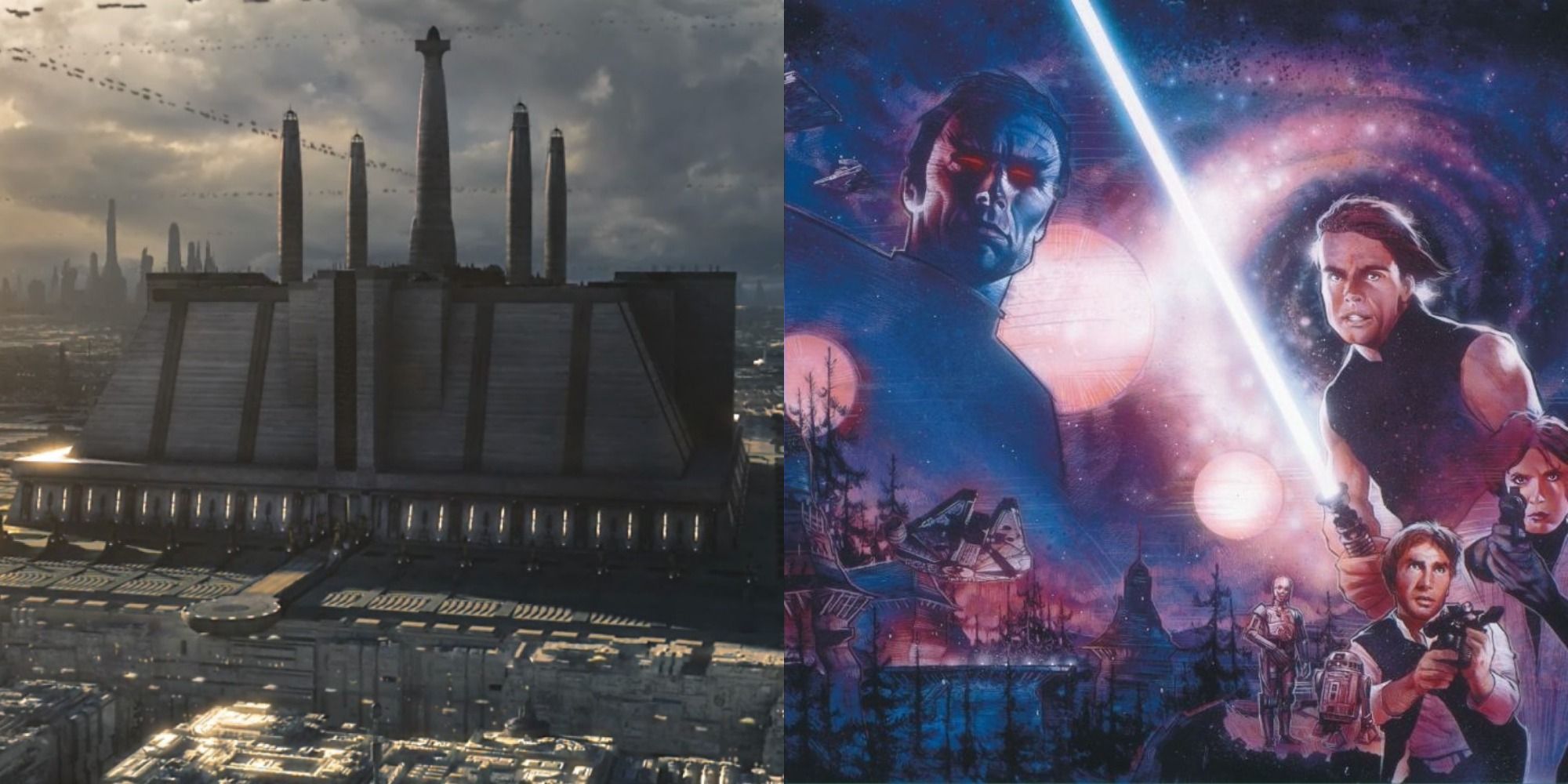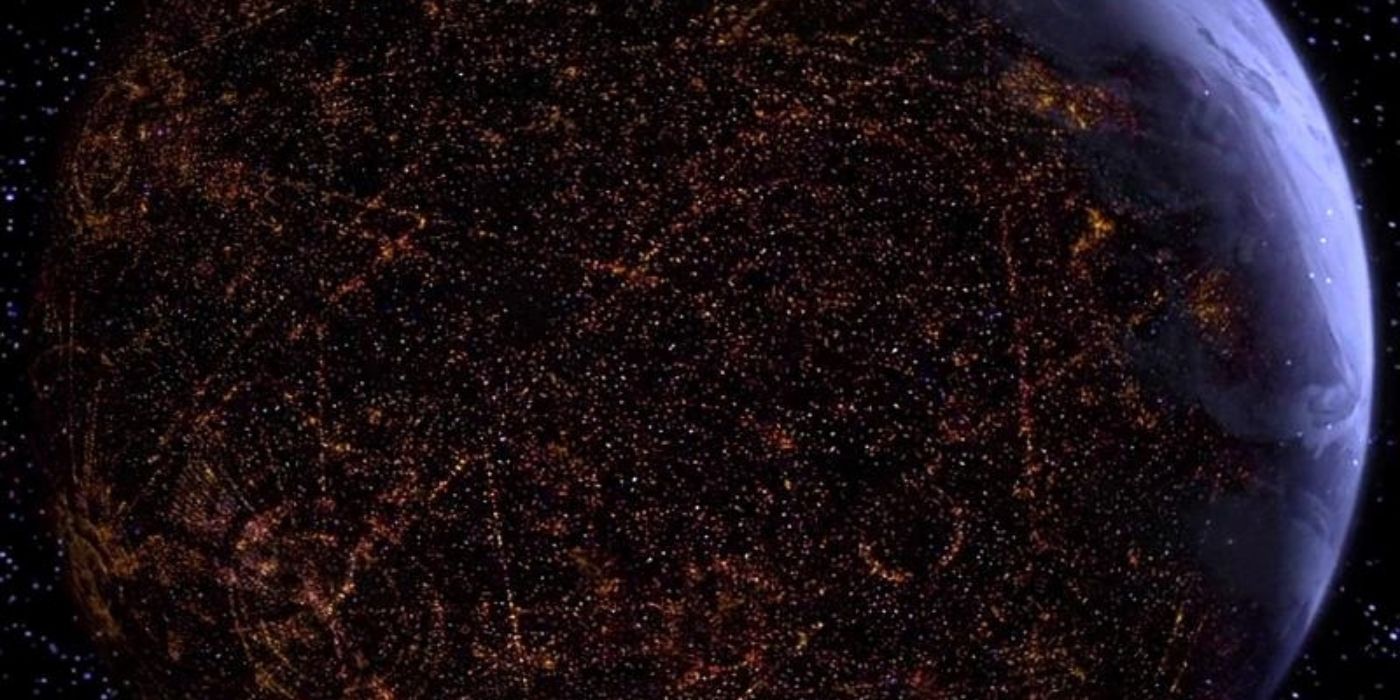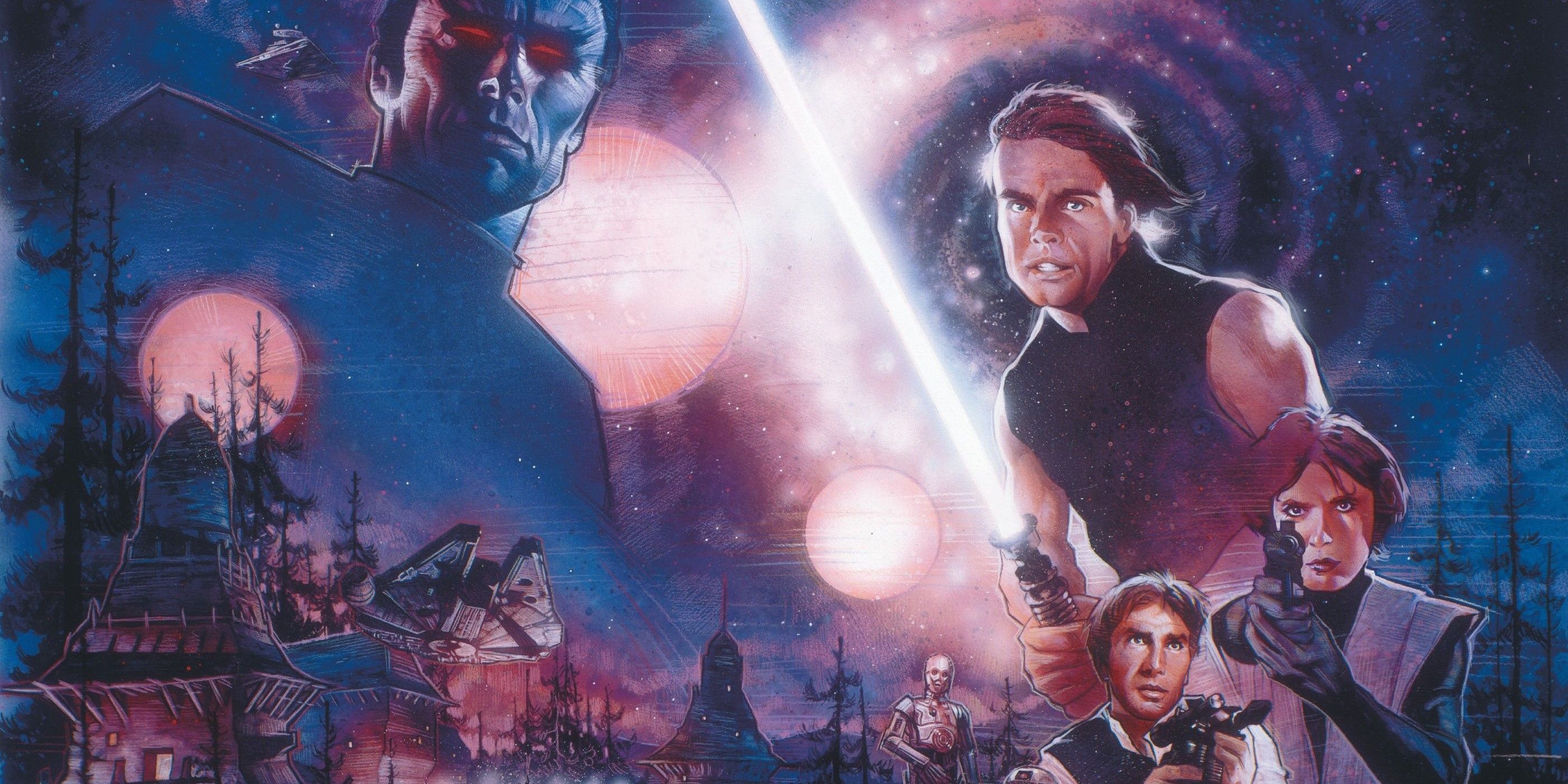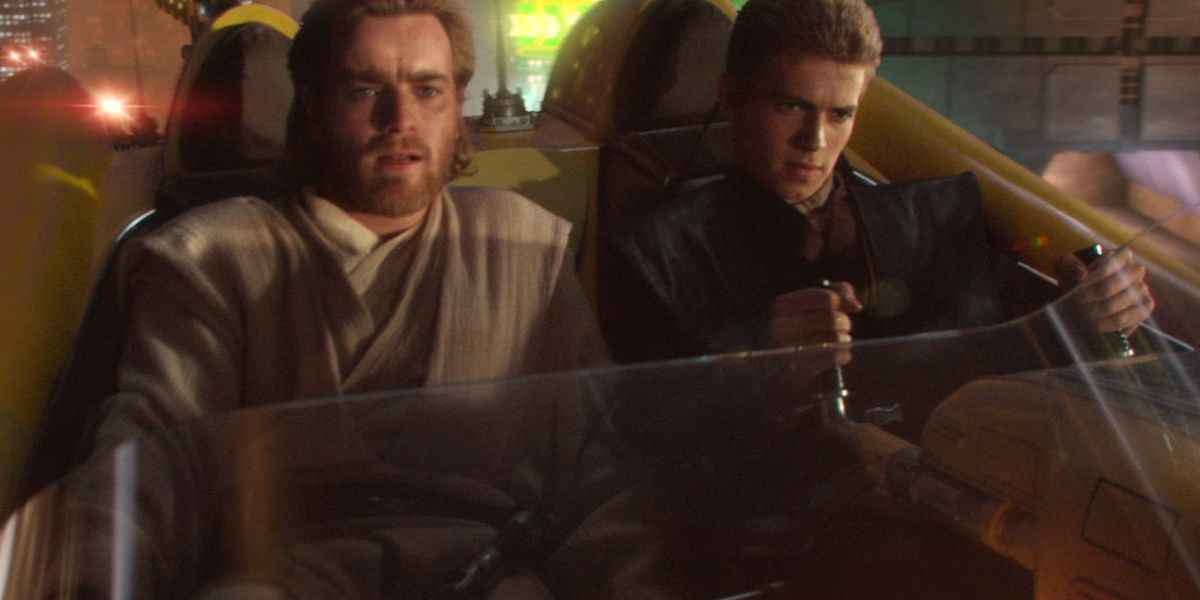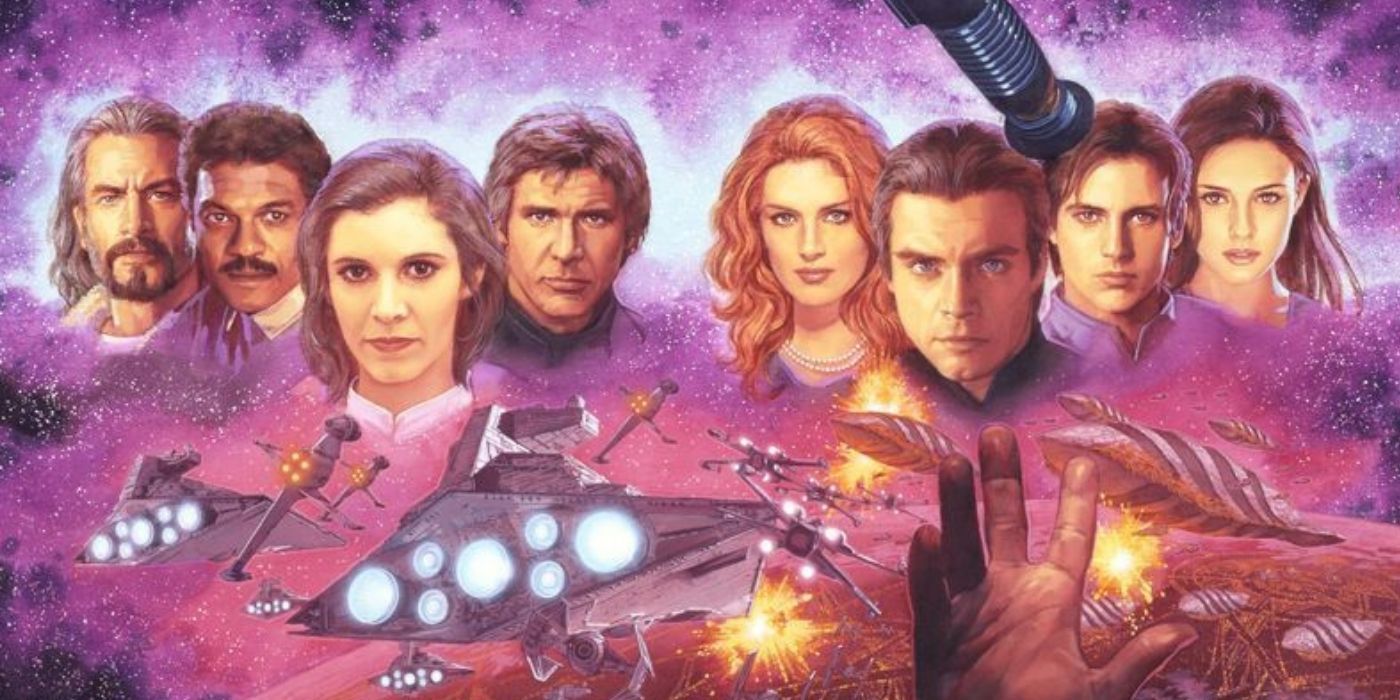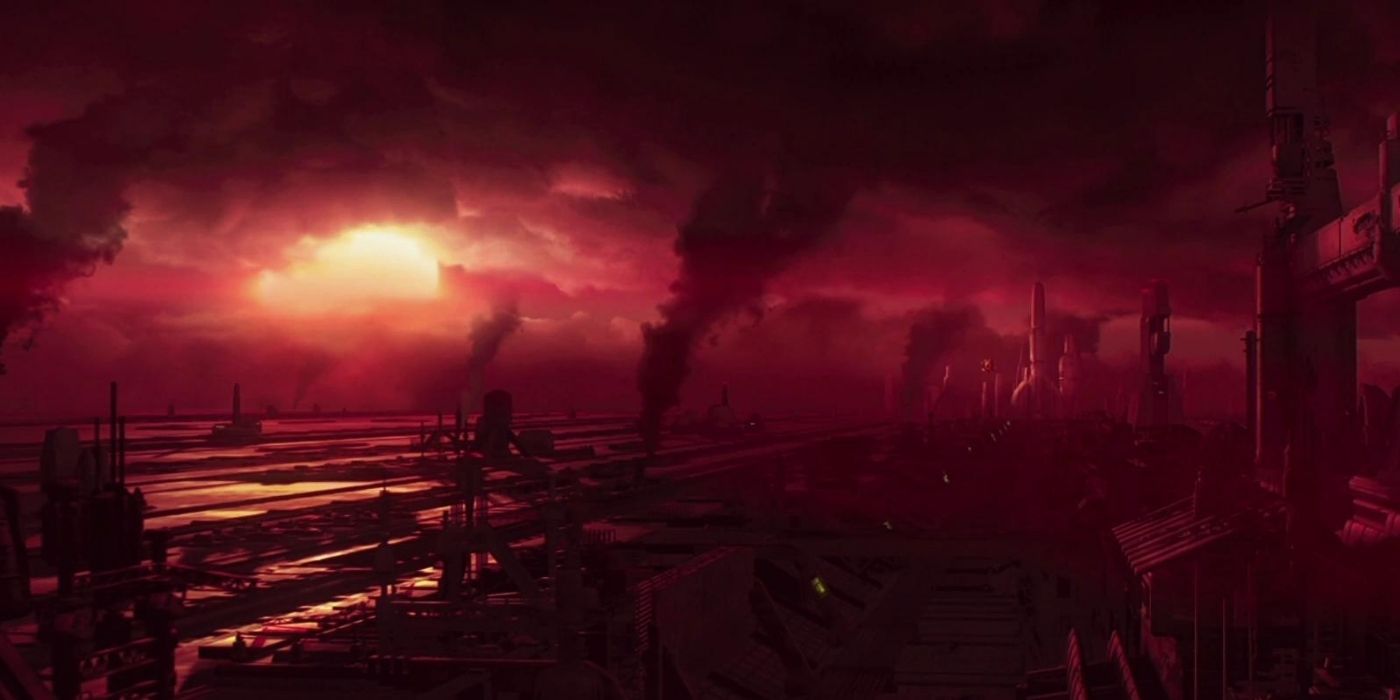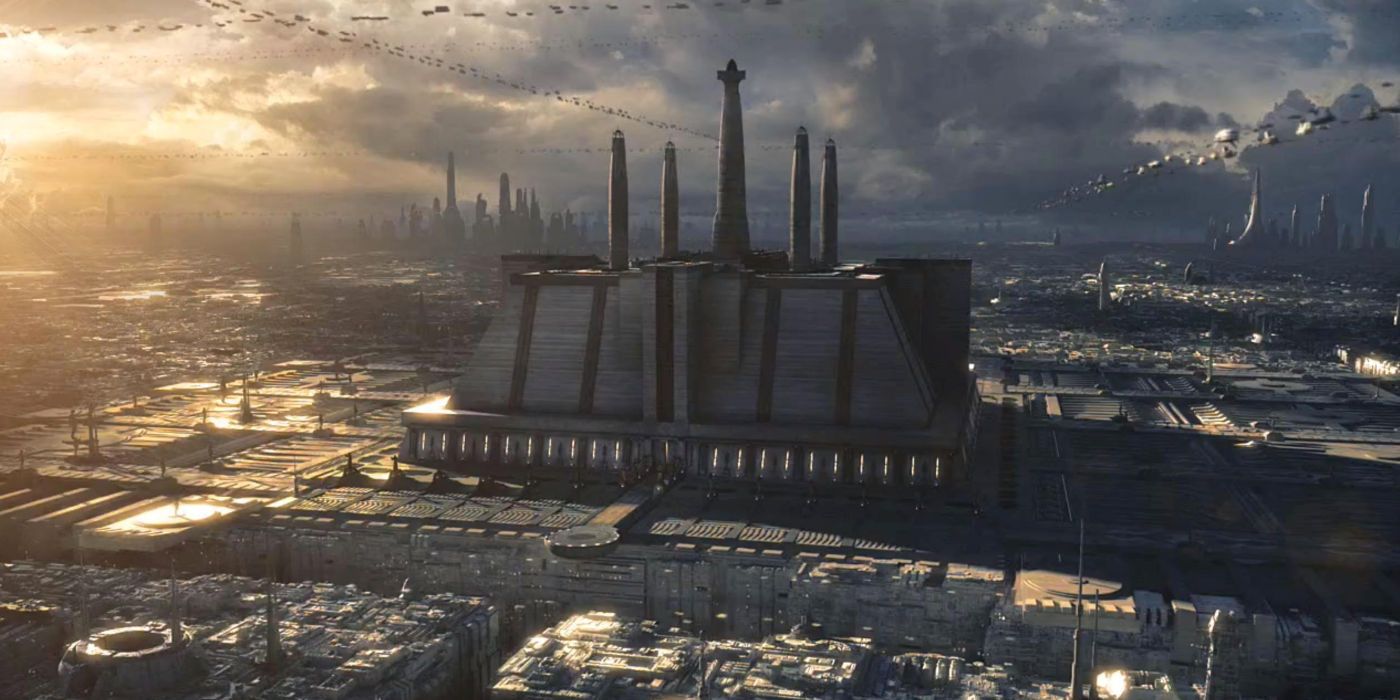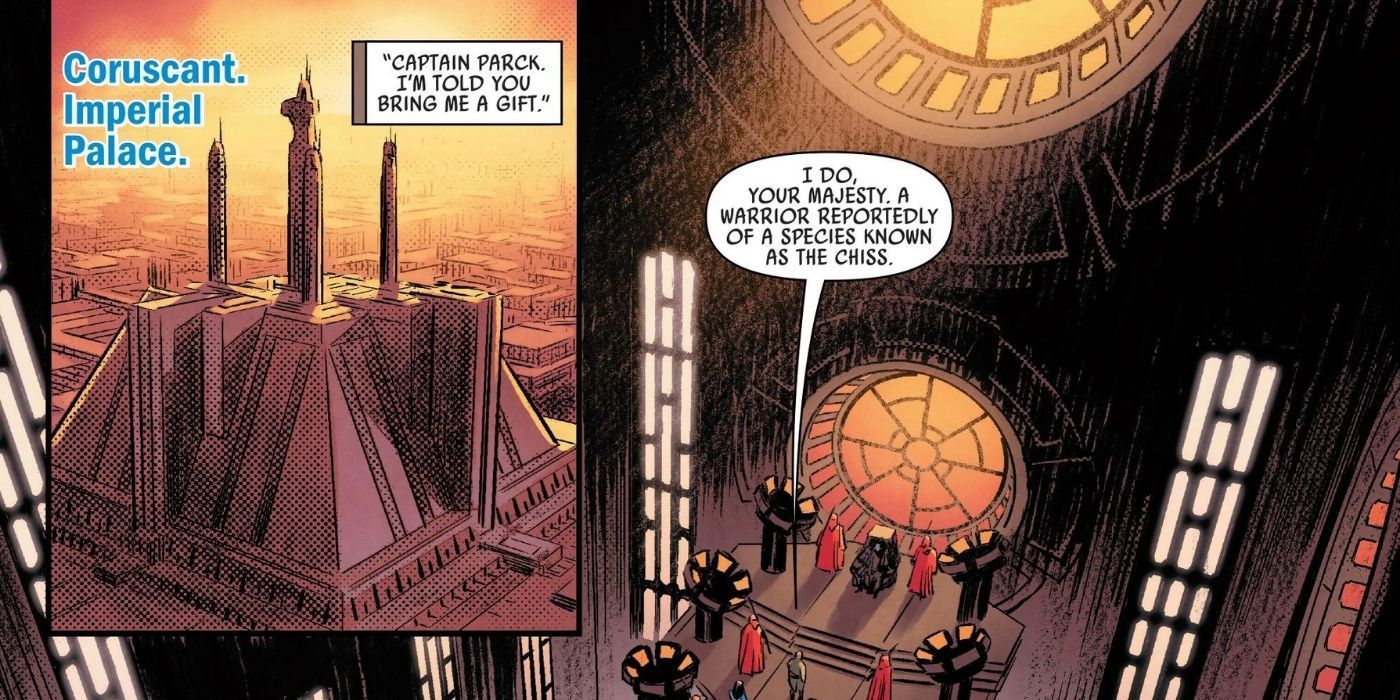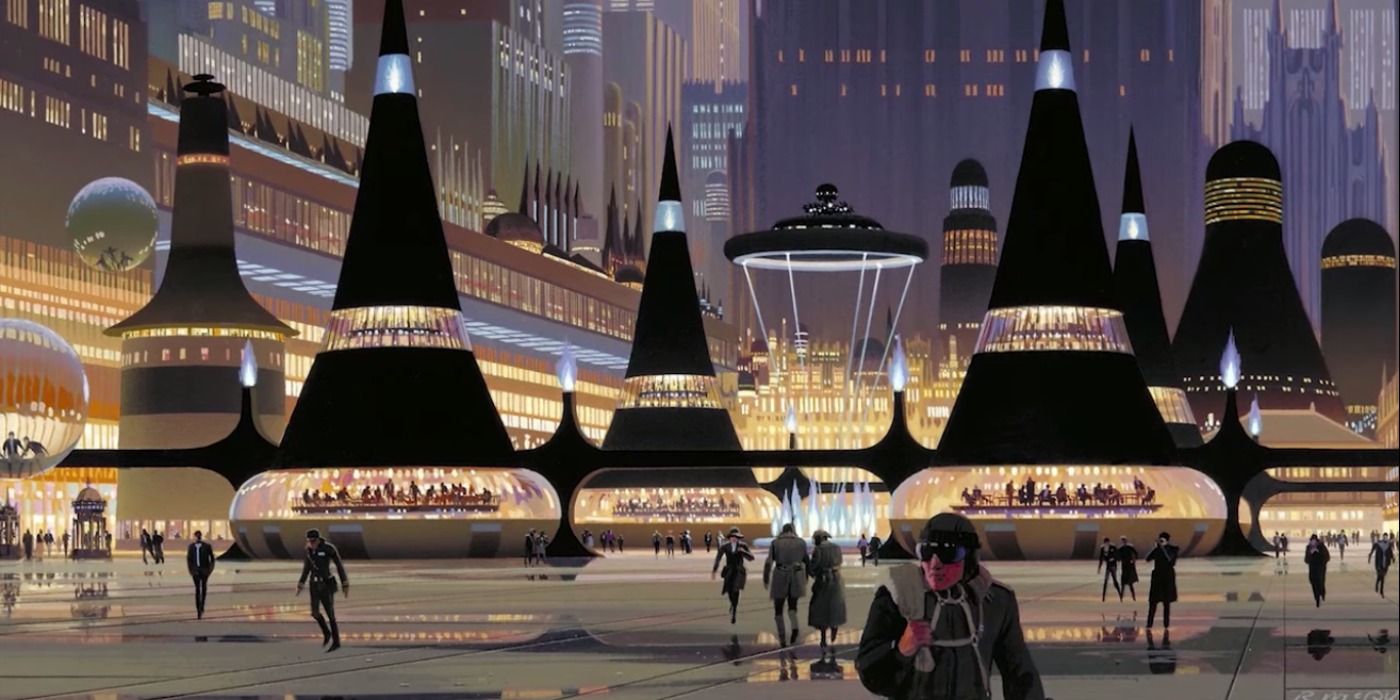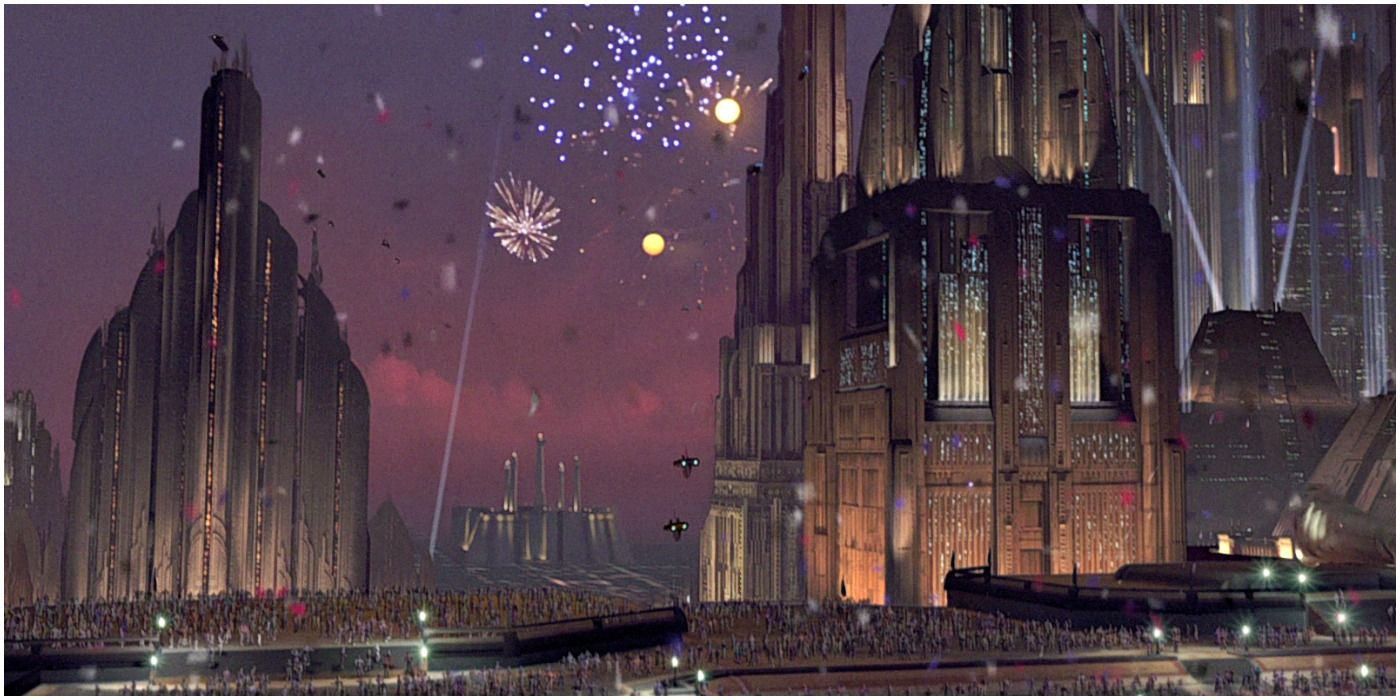Unlike other popular planets of the Star Wars universe, Coruscant is a thriving metropolis accommodating several cities within itself. Coruscant is also significant for housing Jedi structures such as the Jedi Temple and the Jedi Archives. Hence, it's not surprising to find the planet mentioned several times in the prequel trilogy as well as associated media like comic books and spin-off novels.
Known by different names throughout its history, Coruscant has served as a capital for the Republic, the New Republic, and even the new Galatic Empire. To put it in a nutshell, constant socio-political upheaval characterizes this planet.
The Name Comes From A Latin Word For 'Glittering'
In the real world, the word Coruscant comes from Latin and French roots (according to Lexico). The earliest known use of the word is from 15th century Latin, translating to "vibrant" or "glittering." The Concise Oxford Dictionary also depicts the word as a literary and poetic adjective in this sense.
Even though Latin is a dead language, the word has still gained modern currency as a French adjective. In this case, the meaning still remains the same. This makes sense given how the iconic Star Wars planet also has a glimmering shine to it when seen from space.
First Mentioned In A 1991 Novel
The first instance of Coruscant being explicitly mentioned and depicted was in Heir To The Empire, a Star Wars novel that expanded on the movie plots of the original trilogy. Authored by Timothy Zahn, the novel is a part of what is unofficially dubbed as the 'Thrawn Trilogy' as it depicted Grand Amiral Thrawn's whereabouts after Return of the Jedi.
The planet was depicted as the Empire's homeworld, a reference to the original trilogy that saw the Imperial forces establish their hegemony on Coruscant. However, the planet's name was never mentioned in these films. Zahn's novel was important as it was only after this book that the prequels showed Coruscant in great detail establishing its connection in the Expanded universe.
Inspiration From Blade Runner
As viewers can see in the prequel trilogy, Coruscant is a crowded metropolis with brightly lit buildings and flying cars. According to Marcus Hearn's book, The Cinema of George Lucas, artist and current Lucasfilm executive creative director, Doug Chiang, designed the Imperial city based on Ralph McQuarrie's concept art for the original films.
As per Mark Cotta Vaz's The Art Of Star Wars Episode II: Attack of the Clones, Chiang's vision of Coruscant in the second prequel was inspired by one of cyberpunks sci-fi masterpieces - Blade Runner. The post-apocalyptic, urban, and cramped environment with bright lights is indeed similar to the Ridley Scott film.
The Seat Of The Yuuzhan Vong Empire
Apart from a constant power struggle between the Republic and the Empire, Coruscant also was once under the control of the species known as the Yuuzhan Vong. They defeated the New Republic in three waves of attacks as per The New Jedi Order series. With Warmaster Tsavong Lah's forces emerging victorious, a theocratic empire was established.
Later on, the Yuuzhan Vong managed to join forces with the Galactic Alliance to rebuild the planet. This proved to be favorable for Coruscant as it became a hotspot of both technology and natural life, signifying the coming together of the two forces.
An Abandoned Manufacturing Site Called The Works
One of Coruscant's major industrial zones was simply called The Works, according to James Luceno's 2005 Star Wars book, Labyrinth of Evil. However, a few centuries before the Clone Wars, high costs of living on Coruscant prompted manufacturers to transfer to other off-planet activities.
This left The Works with abandoned factories and warehouses making it a good vantage point for some. During the Clone Wars, this ruined location served as the perfect setting for Darth Sidious and Darth Tyranus to have secret meetings in an abandoned industrial zone.
A Planet Of Many Names
It is common knowledge that when the Galatic Empire had established its stronghold on Coruscant, the planet was referred to as the Imperial Center. But in the New Jedi Order series of novels, the planet was renamed Yuuzhan'tar City when the Yuuzhan Vong Empire took over.
As is evident from the novel Star Wars Republic Commando: Triple Zero, Coruscant was also codenamed Triple Zero during the Clone Wars. This codename comes from the galactic coordinates of the planet (0,0,0).
Location Of The Imperial Palace Is Unspecified
The pyramidal structure, known as the Imperial Palace, was first envisioned out of Ralph McQuarrie's concept art sketches, and writer Kevin J. Anderson even claimed it to be the largest structure on Coruscant in The Illustrated Star Wars Universe. The Palace is a major landmark on Coruscant but its location can still be debated.
But the 1998 reference book The Star Wars Encyclopedia claims that it is located right next to the Senate building, the same structure where powerful Star Wars antagonist Emperor Palpatine assumed power in Episode III. This location is kept the same in other comics of the Expanded Universe even if it runs contrary to the cinematic depiction of the Palace. In canon, the building is located at the site of the former Jedi Temple.
Coruscant Is An Ecumenopolis (World City)
While Coruscant is a planet on its own, it also serves as a giant city. Instead of the territory's demarcation into cities, most of Coruscant functions as one entity which makes sci-fi aficionados dub the planet an ecumenopolis.
For those unacquainted with the term, an ecumenopolis is basically a planetwide city, much like Coruscant. It was the Greek city planner, Constantinos Doxiadis, who coined the term in 1967 to refer to the possibility in the future when Earth's urban areas would fuse together to form one large 'world city.' Even before 1967, the concept was already popular with the planet Trantor in Isaac Asimov's Foundation series of sci-fi novels.
Added In The 1997 Special Edition Of Return Of The Jedi
The Coruscant Uprising was an incident that followed the Battle of Endor. When the Rebels transmitted the message of Palpatine and Vader's downfall, the locals engaged in a series of celebrations and uprisings. This was a bonus scene in the 1997 Special Edition DVD of Return of the Jedi.
The final montage in the Special Edition shows the civilians of Coruscant engage in a display of fireworks and even take down a statue of Palpatine. In this way, Return of the Jedi was technically the first film to have any mention of Coruscant.

